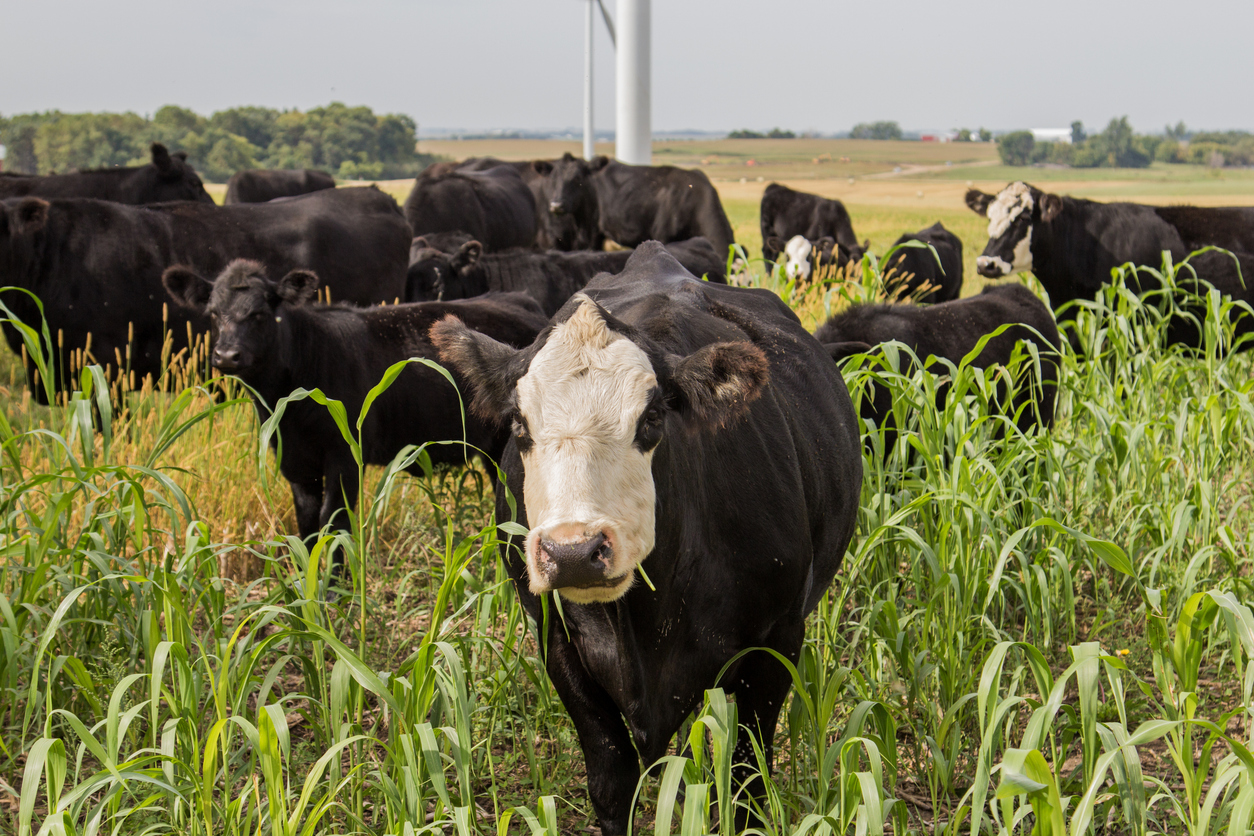In this video, K-State Research and Extension cow-calf specialist Jason Warner discusses safety considerations when making a decision to allow cows to graze sorghum residue after harvest.
“The quantity and quality of (sorghum) residue is the highest it is going to be immediately following harvest,” Warner said.
He said that K-State research indicates that in most situations, there should be enough dry matter residue from the grain sorghum harvest to support one non-lactating cow for 50 to 60 days per acre.
Producers often are concerned, however, about nitrate toxicity and prussic acid toxicity, which can cause a form of asphyxiation – or oxygen loss – to the animal. Both conditions are more common in years when crops are drought-stressed, according to Warner.
“With nitrate toxicity, nitrates will accumulate in the bottom one-third of the stock, or stem,” he said. “So, always remember that we don’t want to force those animals to graze down into the lower one-third of the stock by leaving them on those residue fields longer.”
Prussic acid may accumulate in the upper portions of the residue. Warner notes that producers can reduce the risk of prussic acid poisoning by avoiding grazing just prior to a killing freeze, when the plant is still actively growing.
View the full video, including Warner’s recommendations, at https://youtu.be/V6q46furWPc.
VIDEO BY:
Dan Donnert, 785-532-5804, [email protected]
FOR MORE INFORMATION:
Jason Warner, 785-532-1460, [email protected]
MORE RESOURCES:
KSU Beef, ksubeef.org
K-State Research and Extension statewide offices, https://www.ksre.k-state.edu/about/statewide-locations




